
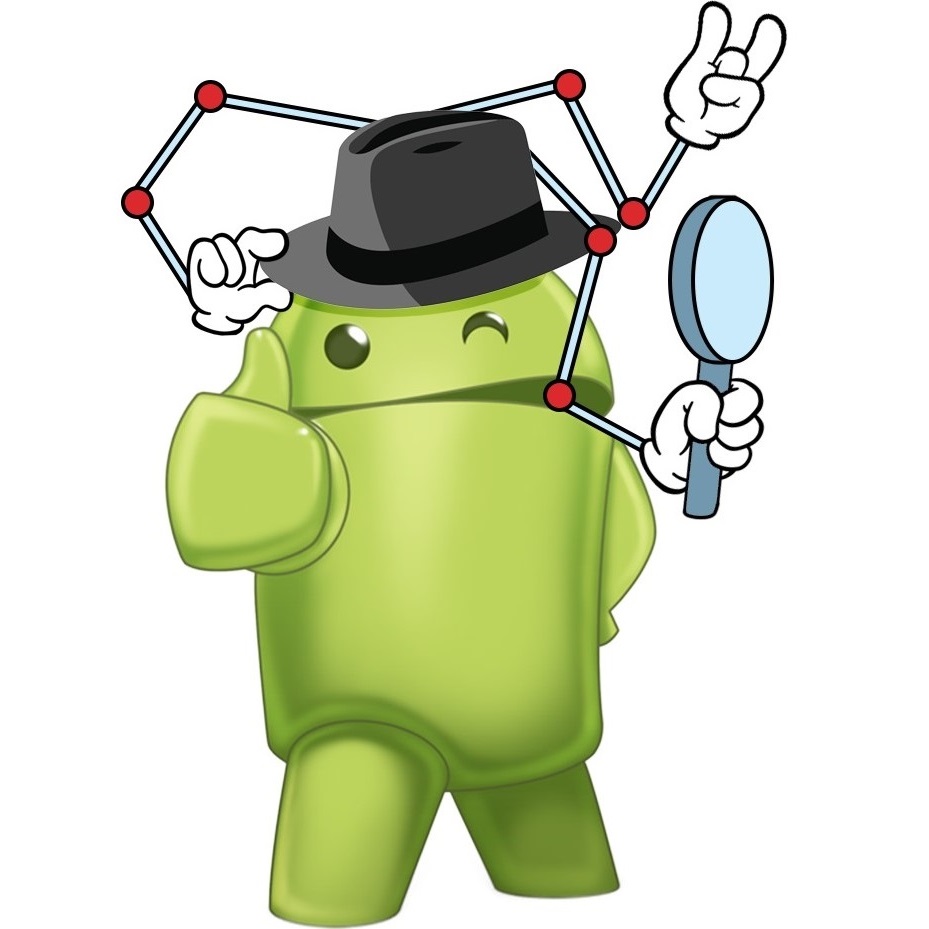
Join Namerah Saud Fatmi as she explores the cool, quirky, and sometimes downright odd world of smartphone accessories, gadgets, and other nerdy toys every week.
A couple of weeks ago, I conducted an experiment with the Find My Device network and the latest compatible Bluetooth trackers. If you haven't already read that week's column, here's a quick summary:
After setting them up, I marked several trackers as lost and handed them out to my friends. They were instructed to move around the entire city and not tell me about their whereabouts. The idea was that I would find them by marking my trackers as lost by relying on the Find My Device network.
This gave me the perfect opportunity to test the new network as well as the new compatible trackers in a controlled environment. I could even confirm the location tracking accuracy, or at least that's what I had hoped. Alas, things did not go as I had predicted.
It took a while for Google to alert nearby devices about the lost trackers. I didn't hear anything back from the Find My Device network for weeks. And it's not like people did not find the lost trackers in that time period. My friends shared screenshots confirming that they were alerted of unknown trackers "following" them on both Android and iOS devices, the latter being a pleasant surprise.
Here's what the notification looks like for iOS users when there's an unknown Google Find My Device compatible tracker nearby:
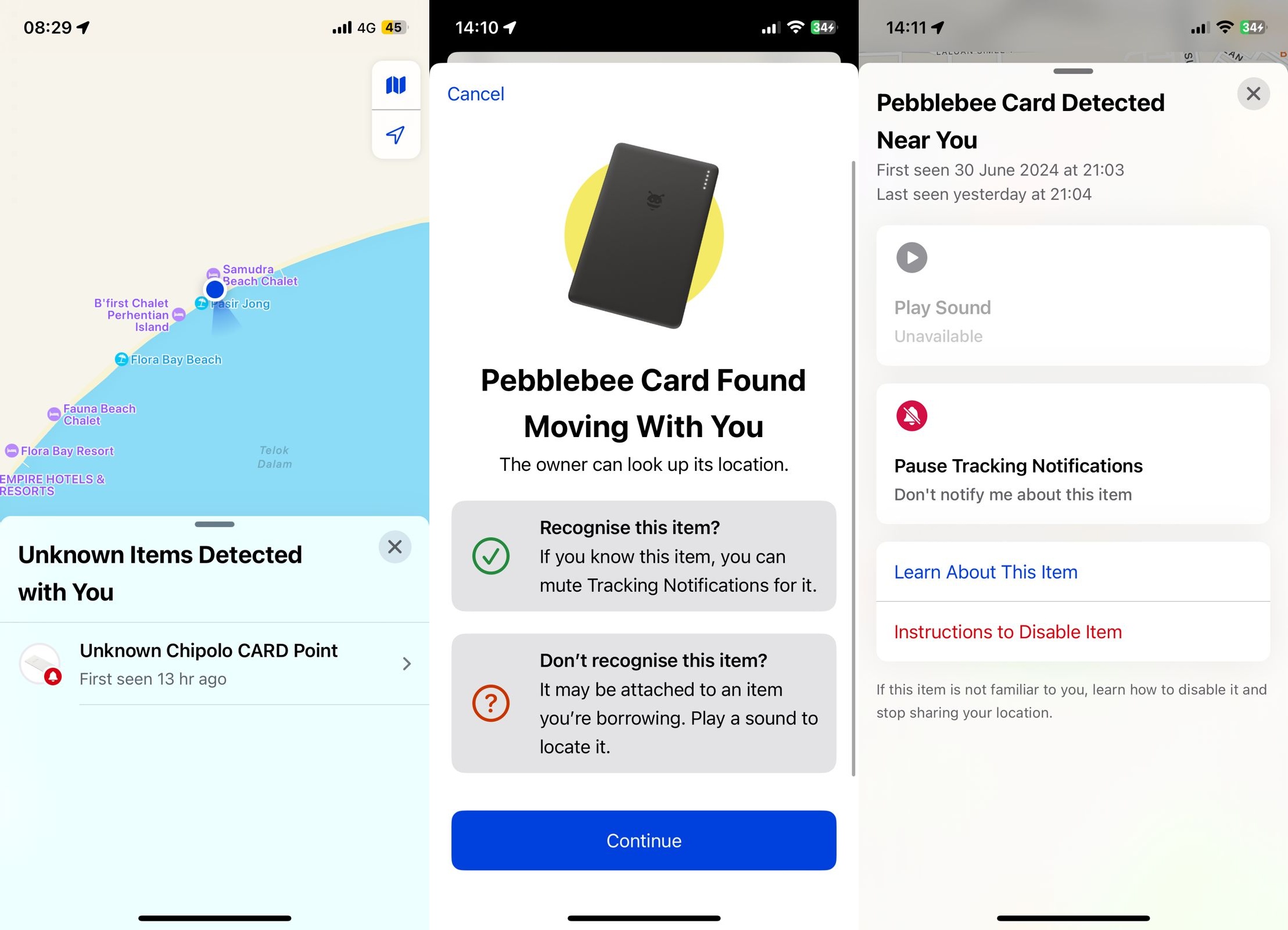
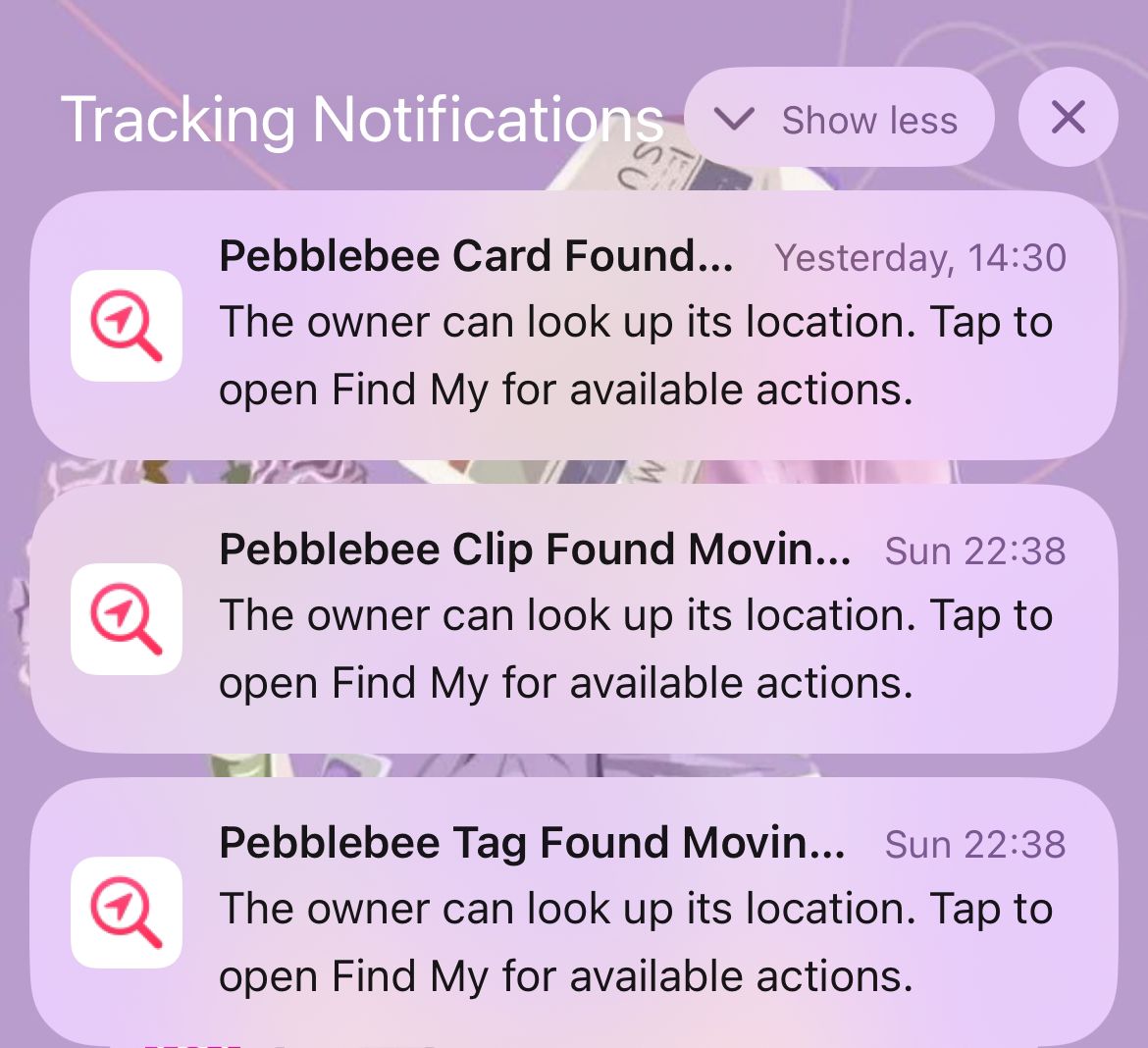
And here's how Android users would be alerted of lost or unknown Find My Device items:
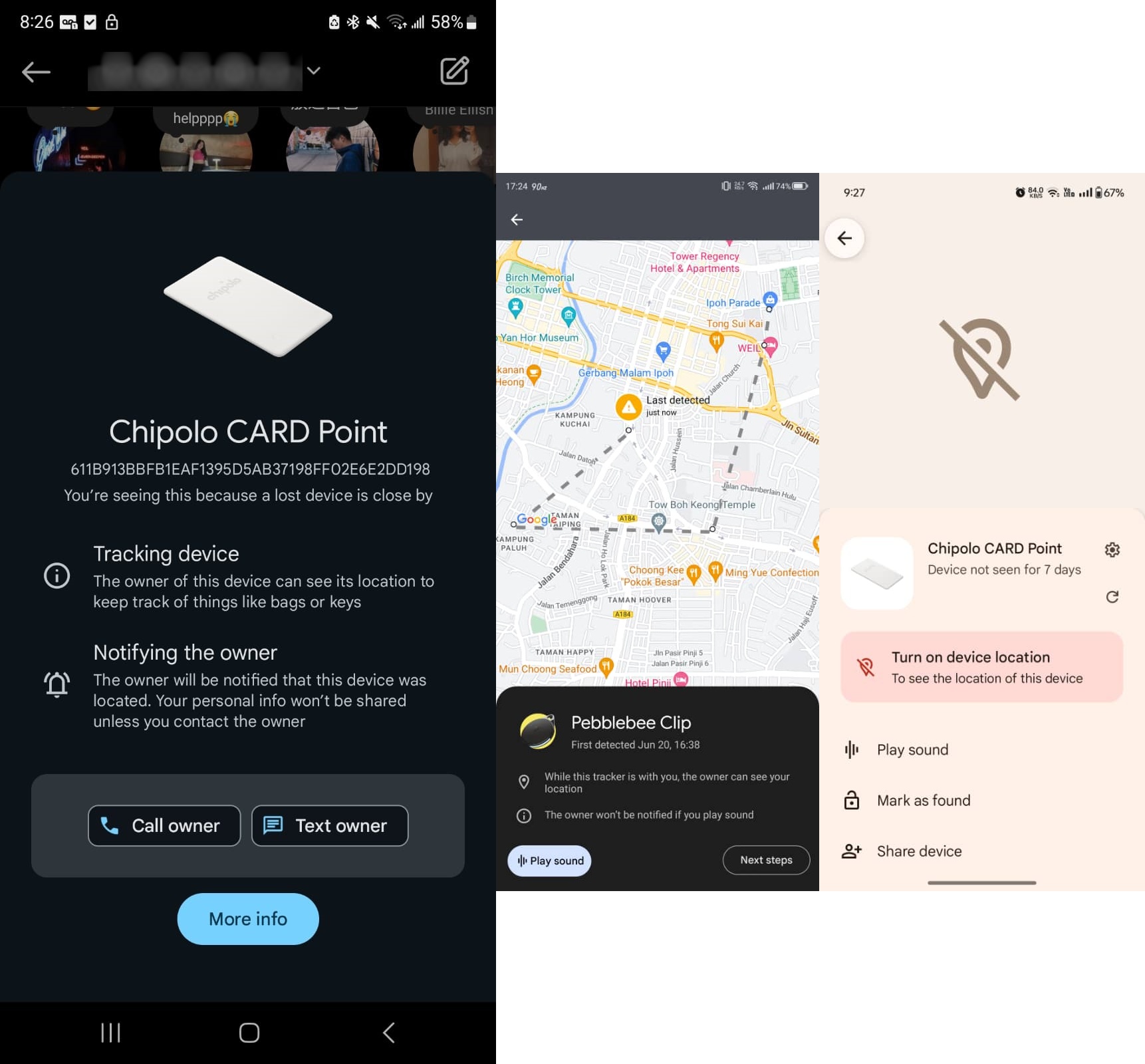
Once notified of their existence, individuals who find lost or unknown trackers are given several options. You can contact the owner of the device in the manner they specified or ring the device to locate its position exactly. Some of the options depend on whether the device is lost or just unknown.
In my test, however, the proximity that my friends were required to be in to detect the lost items was too close. So, if I had lost my devices in real life, the chances of strangers coming close enough to be able to detect or ring the Bluetooth trackers through their phone's alert would be very slim.
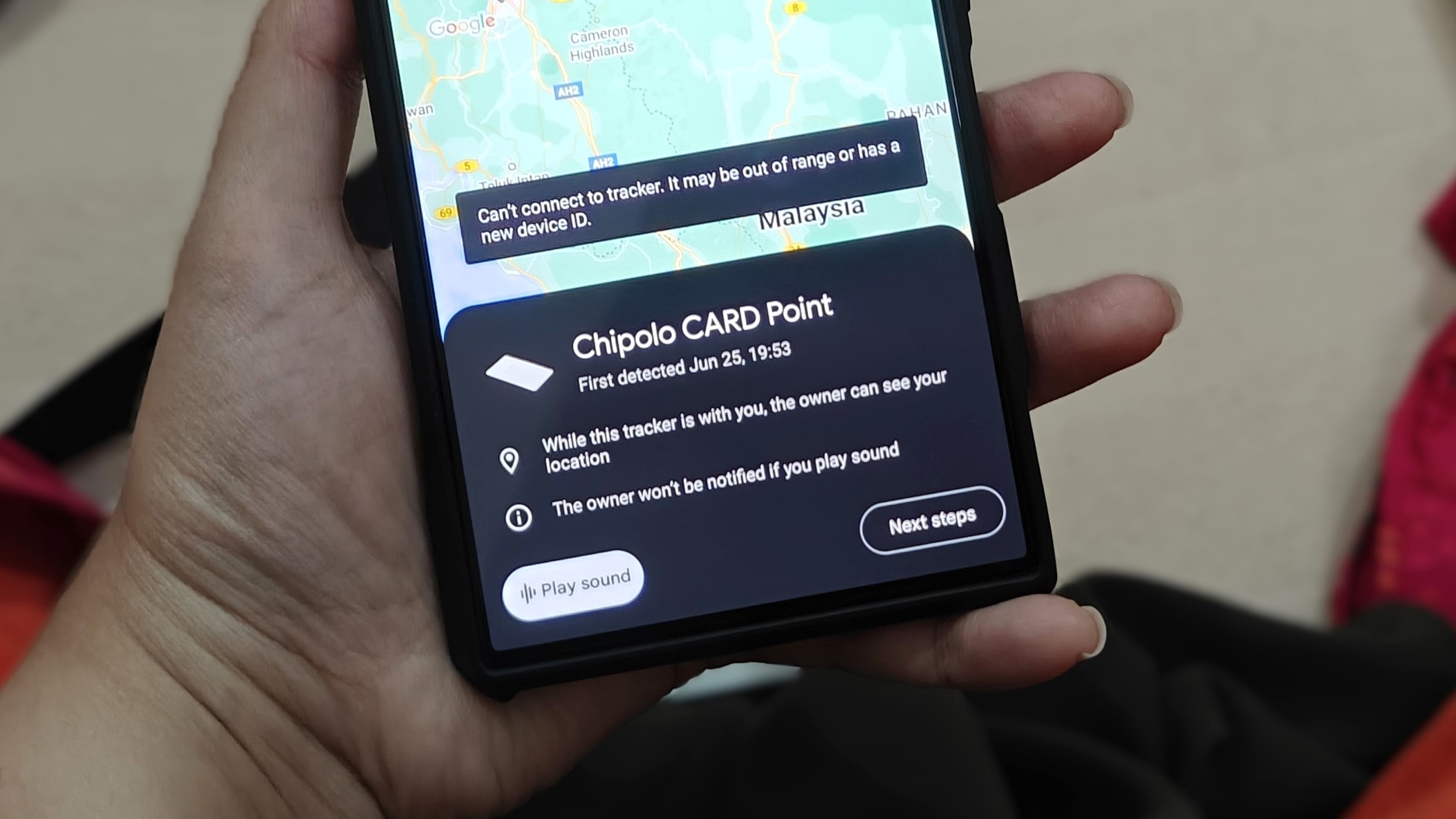
One of my biggest issues with the current system is that you cannot actually see your lost device on the Find My Device map, even if it has been found by someone. Google could've made this an anonymous contribution, but it didn't. In contrast, you can choose to opt-out completely or contribute only in specific areas based on your network preferences.
That's the farthest possible thing from being foolproof.
In conclusion, you need to rely on the kindheartedness of some random person to get your stuff back. That's the farthest possible thing from being foolproof.
On top of that, the person who finds the lost device is informed that the owner of the device can see your location when, in actuality, they can't. At least, that wasn't the case in my testing. Imagine if you come across a random notification telling you that you're being tracked by some strange tracker. Who would contact the owner, especially if they didn't mark it as lost? I know I'd be hella creeped out.
It's a pretty ironic situation because that notification could scare people off instead of encouraging them to pick up the lost item and contact the owner.
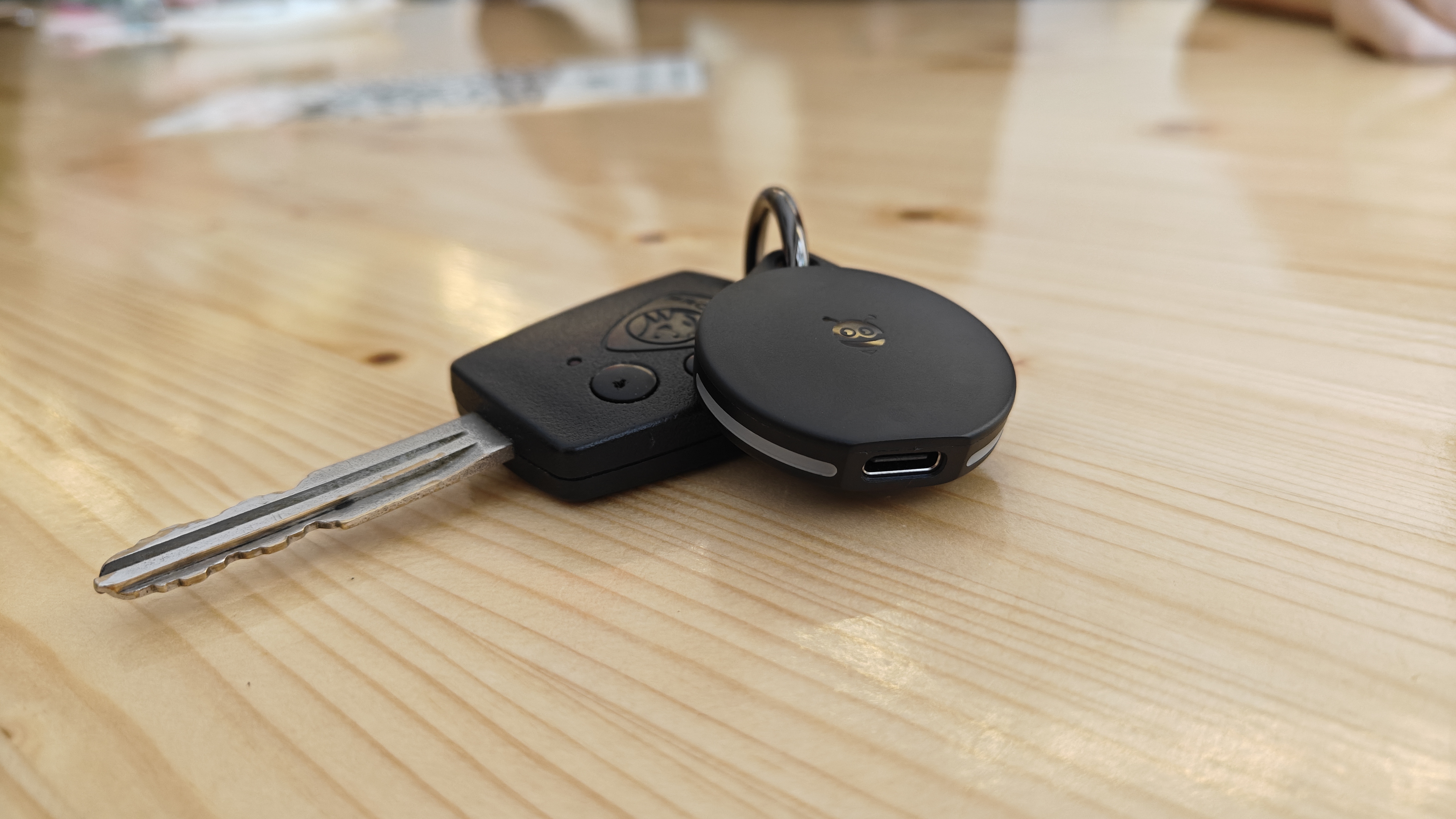
Google notified me well after my friends were alerted about my lost devices. I tried to zone in on the exact location of my lost devices, but the map wouldn't load, and all I got was zilch.
There's a very simple way to fix this, as I mentioned earlier. Google shouldn't be giving us so many choices. Instead, it should reassure users that their contributions are completely anonymous and alert owners of lost possessions as soon as they are discovered on the network.
Google reached out to me recently to address my experience with the network. I was informed that it is aware of the speed and accuracy errors and that it is working on improving both factors in the coming weeks.
We are actively working to roll out enhancements to how the Find My Device network operates that will improve the speed and ability of locating lost items over the coming weeks. Devices are continuing to join the new Find My Device network, and we expect the network to grow, which will also help improve lost device findability. We encourage Bluetooth tag owners to change their Find My Device network setting to “With network in all areas” to help improve the network’s ability to find their lost items in lower-traffic areas.
This gives me reassurance that all hope isn't lost and that Google can make the Find My Device network what we all dreamed of. With the right updates and with time, as more devices join in, we can see the network reach its maximum potential.
As more and more devices join the network, it is essential that everyone participates wholeheartedly, choosing to contribute as much as possible by selecting the "With network in all areas" option within the Find My Device app. More devices will widen the web and therefore increase the probability of lost devices getting discovered on it.
Google is already rolling out changes to improve and fix some of the biggest issues with its crowdfunded network. I'm going to wait with bated breath to see whether they make the right moves and bring about the changes needed for the Find My Device network to go head-to-head with Apple's Find My network.







